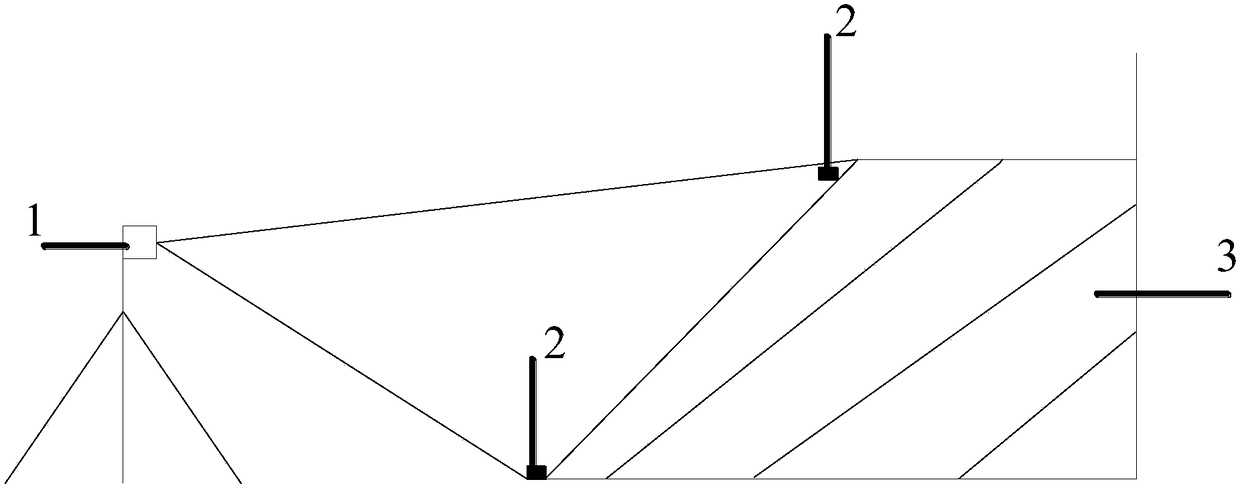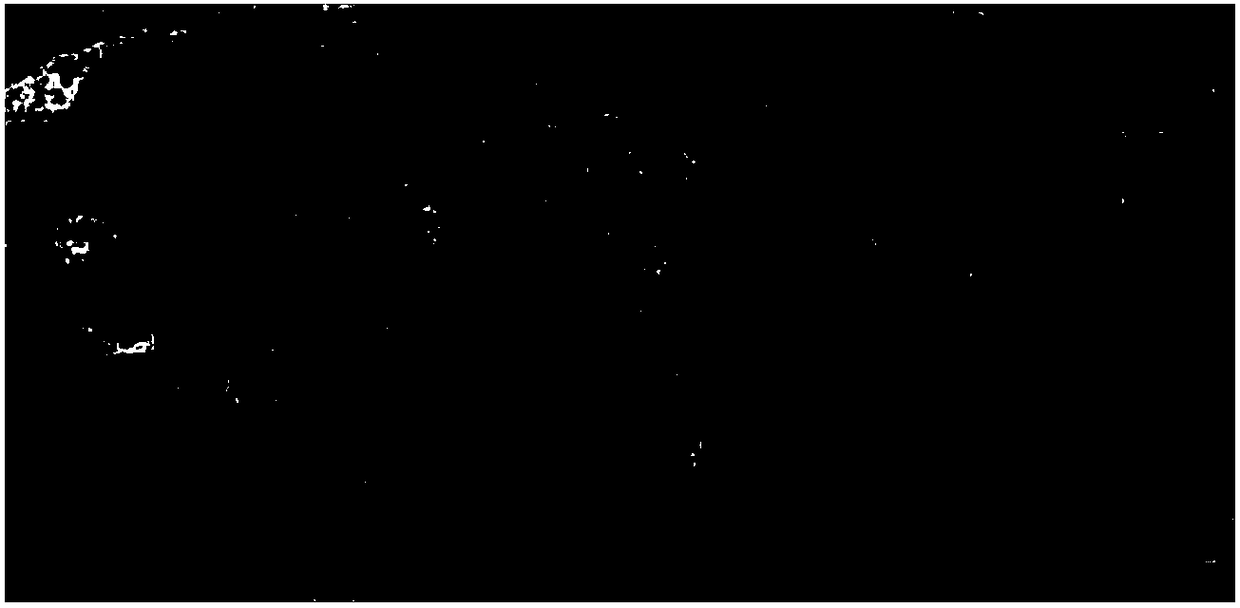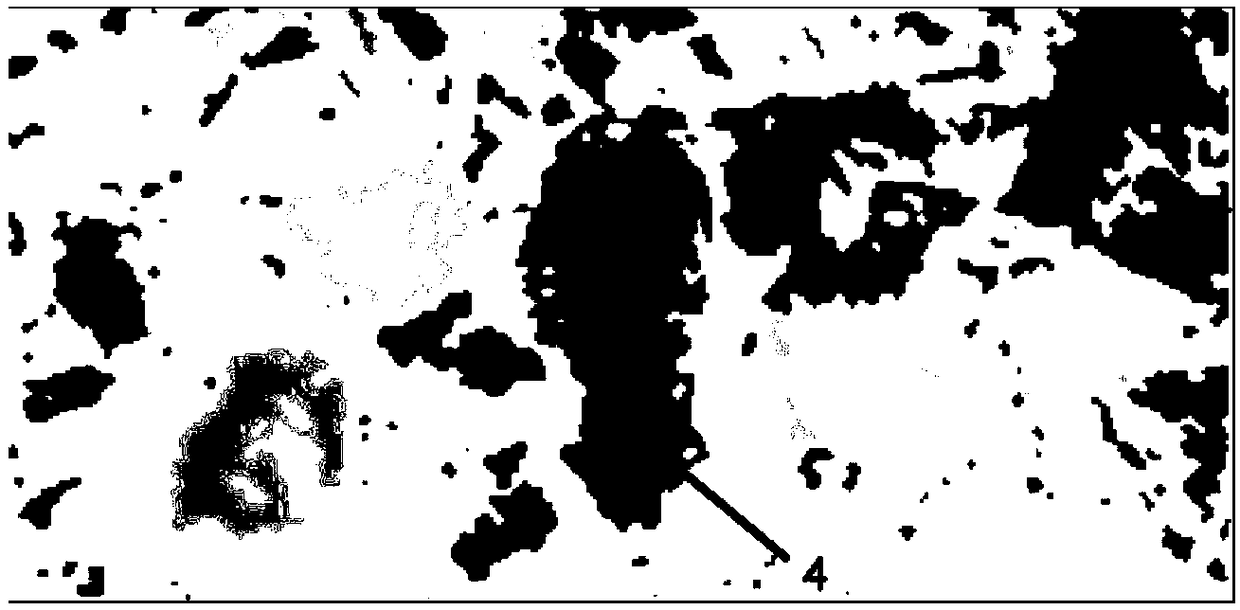Intelligent image counting method of rock grain sizes after blasting
A statistical method and image technology, applied in the field of geotechnical engineering, can solve the problem that the blasting particle size image cannot be counted intelligently, efficiently and accurately
- Summary
- Abstract
- Description
- Claims
- Application Information
AI Technical Summary
Problems solved by technology
Method used
Image
Examples
Embodiment 1
[0060] The present invention will be further described in detail below in conjunction with the accompanying drawings and specific embodiments.
[0061] A method for image statistics of rock lumpiness after blasting, which specifically includes the following steps:
[0062] 1), reference figure 1 , first take pictures on the spot. During the photographing process, the whole blasting pile is divided into five layers to take pictures. The first layer is just before the blasting is completed and the blasting pile rocks are not transported; After 40% of the pile is transported, the fourth layer is after 60% of the explosive stack is transported, and the fifth layer is the explosive stack after 80% of the transport. The area of the explosion pile surface covered by the photos taken on each floor must reach more than 15% of the total explosion pile area of the floor. In order to minimize the interference to the project site, choose the same height, same position, and same angle...
Embodiment 2
[0093] A method for image statistics of rock particle size after blasting, the steps of which are:
[0094] (1) On-site photo taking:
[0095] A high-resolution camera and two rulers are required to take pictures of the on-site explosion. The length of the scales is the same, and the camera must be able to obtain clear photos of the on-site explosion. In this example, two 1.5-meter-long rulers and a 20-megapixel digital camera are selected to take photos and samples, and three photos are taken of each layer of explosive pile rock blocks to ensure that the area of the explosive pile surface covered by the photos taken on each layer reaches the level of the layer. More than 15% of the total area of the explosion pile.
[0096] (2) Preprocessing of photos:
[0097]Import the two-dimensional photos of the rock explosion pile after the on-site explosion into the computer, and select the image with better photo effect for preprocessing. In this example, a large-area shooting ...
PUM
 Login to View More
Login to View More Abstract
Description
Claims
Application Information
 Login to View More
Login to View More - R&D
- Intellectual Property
- Life Sciences
- Materials
- Tech Scout
- Unparalleled Data Quality
- Higher Quality Content
- 60% Fewer Hallucinations
Browse by: Latest US Patents, China's latest patents, Technical Efficacy Thesaurus, Application Domain, Technology Topic, Popular Technical Reports.
© 2025 PatSnap. All rights reserved.Legal|Privacy policy|Modern Slavery Act Transparency Statement|Sitemap|About US| Contact US: help@patsnap.com



